The silicone rubber market in South Korea is characterized by a competitive landscape that is both dynamic and multifaceted. Key growth drivers include the increasing demand for high-performance materials across various industries, such as automotive, electronics, and healthcare. Major players like Dow (US), Shin-Etsu Chemical (JP), and KCC Corporation (KR) are strategically positioned to leverage innovation and regional expansion to enhance their market presence. Dow (US) focuses on developing advanced silicone solutions that cater to the evolving needs of its customers, while Shin-Etsu Chemical (JP) emphasizes its commitment to sustainability and product quality. KCC Corporation (KR) is actively pursuing partnerships to strengthen its supply chain and expand its product offerings, collectively shaping a competitive environment that is increasingly focused on technological advancement and customer-centric solutions.
In terms of business tactics, companies are localizing manufacturing and optimizing supply chains to enhance operational efficiency. The market structure appears moderately fragmented, with several key players exerting considerable influence. This fragmentation allows for a diverse range of products and innovations, fostering competition that drives continuous improvement and adaptation among market participants.
In October 2025, Dow (US) announced the launch of a new line of eco-friendly silicone rubber products aimed at reducing environmental impact. This strategic move not only aligns with global sustainability trends but also positions Dow as a leader in providing innovative solutions that meet the growing demand for environmentally responsible materials. The introduction of these products is likely to enhance Dow's competitive edge in the market, appealing to environmentally conscious consumers and businesses alike.
In September 2025, Shin-Etsu Chemical (JP) expanded its production capacity for silicone rubber in South Korea, investing approximately $50 million in a new facility. This expansion is significant as it enables Shin-Etsu to meet the increasing demand from the automotive and electronics sectors, thereby solidifying its market position. The investment reflects a strategic focus on enhancing production capabilities and responding to market needs more effectively.
In August 2025, KCC Corporation (KR) entered into a strategic partnership with a leading automotive manufacturer to develop specialized silicone rubber components for electric vehicles. This collaboration is indicative of KCC's proactive approach to tapping into the burgeoning electric vehicle market, which is expected to grow substantially in the coming years. By aligning with a key player in the automotive industry, KCC is likely to enhance its product portfolio and market reach.
As of November 2025, current competitive trends in the silicone rubber market are increasingly defined by digitalization, sustainability, and the integration of artificial intelligence. Strategic alliances are becoming more prevalent, as companies seek to combine resources and expertise to drive innovation. The competitive differentiation is expected to evolve from traditional price-based competition towards a focus on technological advancements, product innovation, and supply chain reliability. This shift underscores the importance of adaptability and forward-thinking strategies in maintaining a competitive edge in the silicone rubber market.


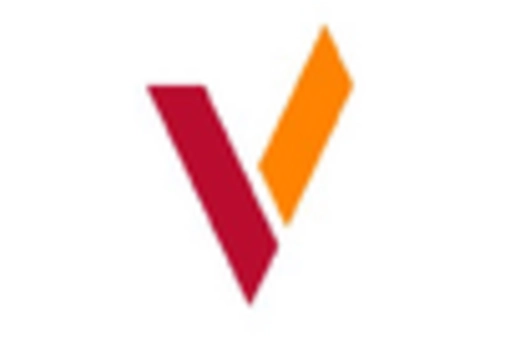
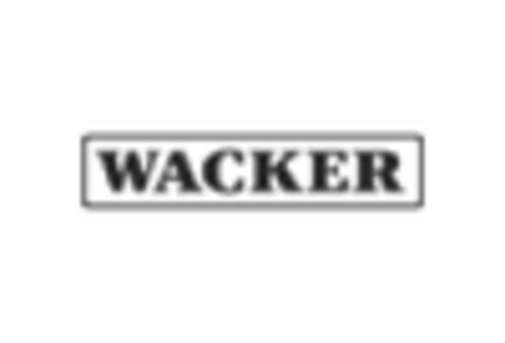
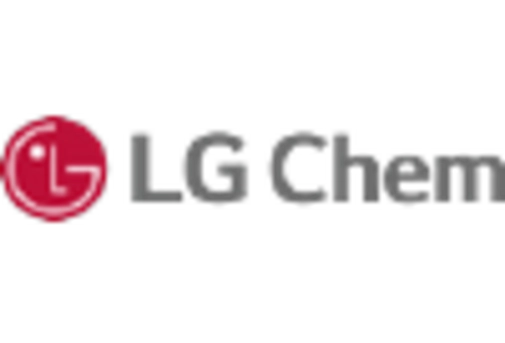
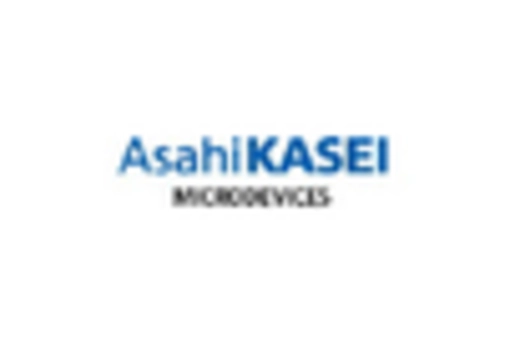
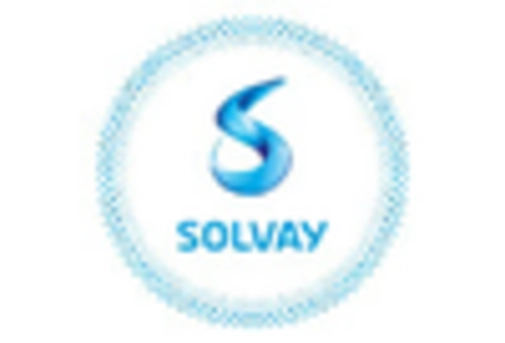
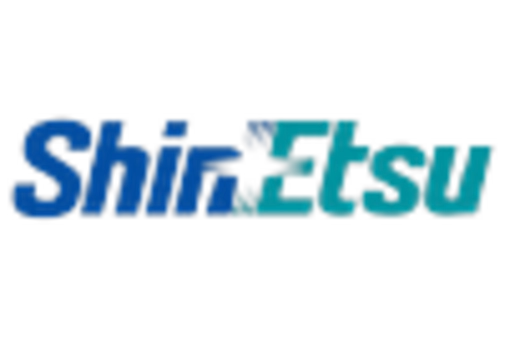
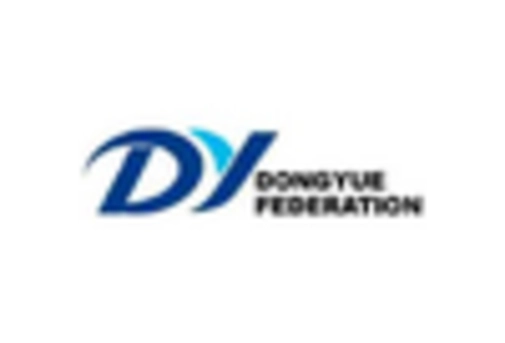
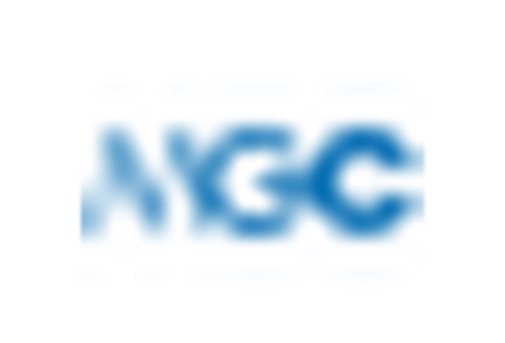
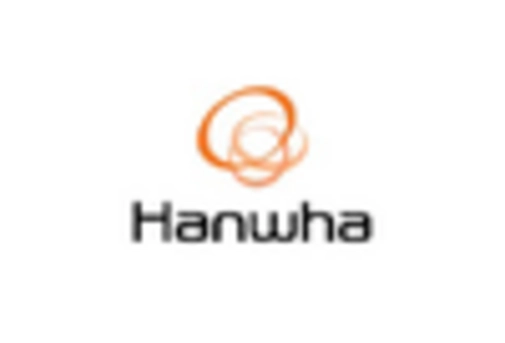








Leave a Comment